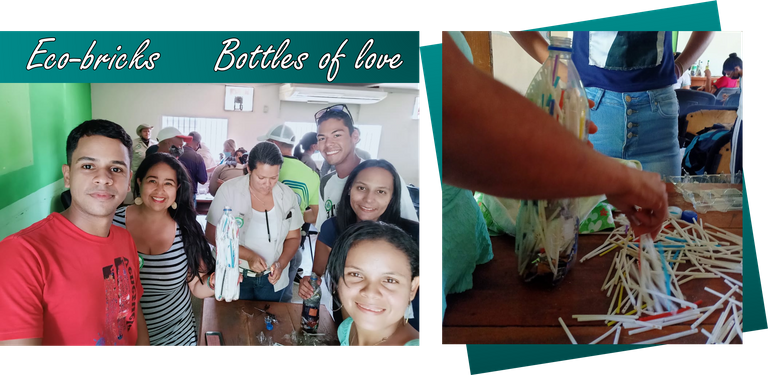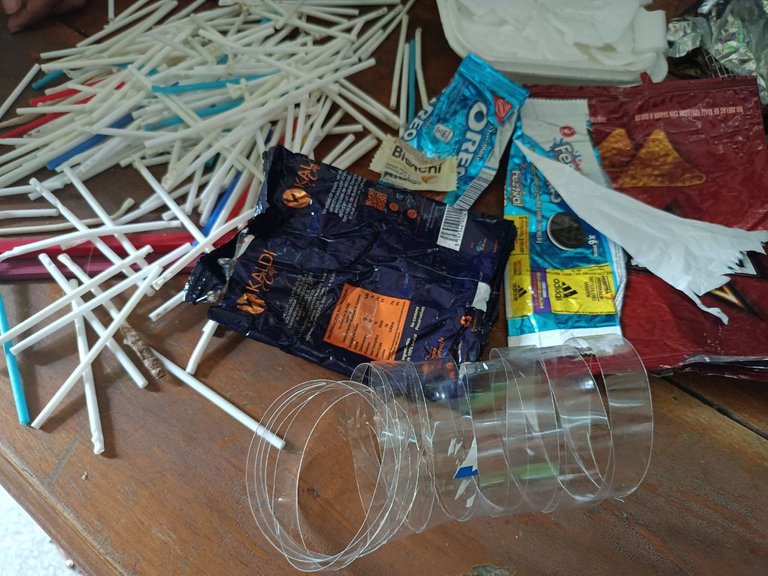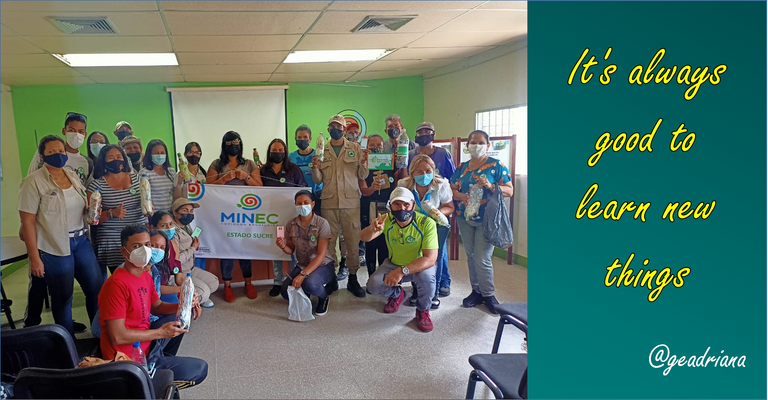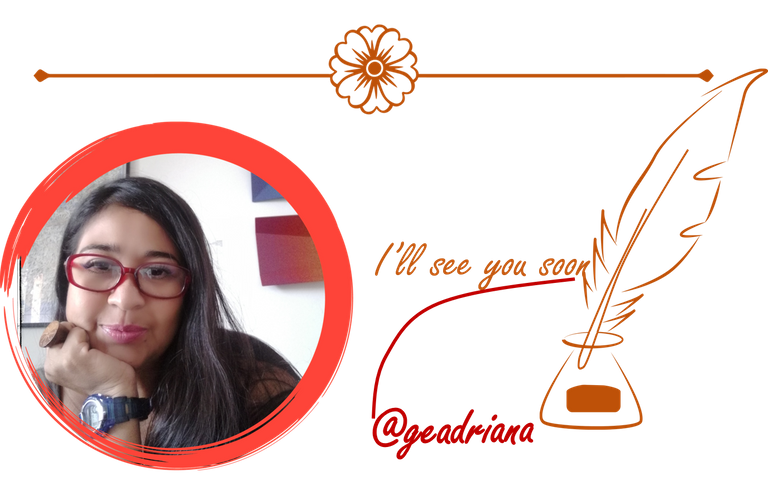A way to contribute
In fact, one of my goals is to make a manual that will allow me to share with others what we have learned. One of the things I noticed was that I had to study the larger materials and I am referring to the plastic trash that was found on the coast because they eventually transform into plastic particles of different sizes, including microplastics and nanoplastics, which become imperceptible to our eyes, but that does not mean that they are not there, on the contrary, they move in the different environmental compartments and reach the trophic web at various levels.
In this sense, the presence of microplastics in human blood has been reported, being the first formal study published in an indexed and peer-reviewed scientific journal. This group of researchers from the Netherlands made these findings in a group of 22 volunteers detecting polyethylene, polystyrene, and others.
Particularly, as a scientist and a citizen of the world, I hope that this is the beginning of a necessary transformation in the consumption patterns of our societies. There are many ways to contribute to the solution. The important thing is to start doing them and expand so that more and more of us are on this path.
In this publication, I share one of the ways in which we can do something from our homes. With the Applied Geochemistry team, we attended the Ecoladrillo Workshop, organized by the Ministry of Environment of Sucre. We mark the intention to expand our reach and get the message across with this. I hope you like it.
Good Reading!

A way to contribute
Already in this context, we can feel small and insignificant. In this sense, many of those around us may feel it is better not to do anything about it. However, on the contrary, I consider it an opportunity to be a direct part of the solution because just as we produce pollution, we can make changes in our behavior to avoid further plastic pollution in our environment. Although it is certainly impossible to remove all the plastic that is present in the bodies of water, the fact of avoiding its entry to some degree contributes in some way.
One interesting practice is to sort the waste and residues generated in our homes. This practice is quite common in some developed countries. However, in developing countries, such as the one where I live (Venezuela) this is non-existent, which adds to the problems of integrated waste management, lack of investment and programs, and a general lack of knowledge of the citizens that influences their behavior with respect to the management of their garbage.
When we have carried out a scientific survey or a cleanup day, what is most noticeable in the marine environment is the presence of food and snack wrappers. Therefore, it is necessary to do something to manage this type of waste. In this workshop, they showed us how to make eco-bricks or love bottles. A way to accumulate the bags and wrappers that we generate in our homes to then have the possibility of taking them to plastic collection centers for recycling, for the construction of some structures, or to finally dispose of them. Because even without a proper waste management system, the direct and immediate release of these materials would be avoided.
What is needed for eco-brick?
- Clear plastic bottle.
- Plastic snacks or candy bags
- Plastic lollipop sticks.
- Foam
- A wooden or metal stick that allows you to crush the mat.

Instructions
Perhaps most importantly, everything must be completely dry: the bottle, the bags, and the rest of the materials that will go into the bottle. With the wooden stick, the materials must be pressed in such a way that complete compaction of the materials is achieved. In our work team, we thought of cutting the plastics and even the bottles that were available with scissors to continue filling the bottle. We also suggest that all small particles be incorporated into the bottles to prevent them from entering the environment.
This initiative is used in various parts of the world and I applaud that the headquarters of my city, which is so unattended, is carrying out this type of activity. The more people know what is happening and the more they are aware, the faster the change that is required will be.
The important thing is to recognize that each one of us has a certain responsibility and that with certain actions, although they may seem small, great changes are achieved. That's why I invite you to make a difference and be part of the solution.

Spanish version
Un forma de contribuir
De hecho, uno de las metas que tengo es hacer un manual que me permita compartir con otros lo que hemos aprendido. Una de las cosas que noté fue que debía estudiar los materiales más grandes y me refiero a la basura plástica que se encontraba en la costa porque ellas con el tiempo se transforman en partículas de plásticos de diferentes tamaños, incluyendo microplásticos y nanoplásticos, lo que se hacen imperceptibles a nuestros ojos, pero que no por eso no están allí, por el contrario se mueven en los diferentes compartimientos ambientales y alcanzan la trama trófica en varios niveles.
En este sentido, se ha reportado la presencia de microplásticos en la sangre humana, siendo el primer estudio formal y publicado en una revista científica indexada y con revisión por pares. Este grupo de investigadores de los Países Bajos hicieron estos hallazgos en un grupo de 22 voluntarios detectando polietileno, poliestireno y otros.
Particularmente, como científico y ciudadana del mundo espero que este sea el inicio de una transformación que es necesaria en los patrones de consumo de nuestras sociedades. Las formas de contribuir a la solución son diversas. Lo importante es comenzar a hacerlas y expandir para que cada vez seamos más en este camino.
En esta publicación comparto una de las formas en las que se puede hacer algo desde nuestros hogares. Con el equipo de Geoquímica Aplicada asistimos al Taller Ecoladrillo, organizada por el ministerio del ambiente de Sucre. Con esto marcamos la intención de ampliar nuestro alcance y lograr llevar el mensaje. Espero sea de su agrado.
¡Buena Lectura!
Ya en este contexto podemos sentirnos pequeños e insignificantes. En este sentido, muchos de los que nos rodean pueden sentir que es mejor no hacer nada al respecto. No obstante, contrario es eso yo considero que es una oportunidad para ser parte directa de la solución porque así como producimos la contaminación, podemos hacer cambios en nuestro comportamiento para evitar que se siga contaminando de plástico nuestro entorno. Aunque, ciertamente extraer todo el plástico que está presente en los cuerpos de agua es prácticamente imposible el hecho de evitar la entrada en algún grado contribuye de alguna forma.
Una práctica interesante es clasificar los residuos y desechos que se generan en nuestros hogares. Esta práctica es bastante común en algunos países desarrollados. Sin embargo, en los países en vías de desarrollo, como en el que yo vivo (Venezuela) esto es inexistente, lo que se suma a los problemas de gestión integral de los desechos, falta de inversión y programas y un desconocimiento general del los ciudadanos que influye en su comportamiento con respecto a manejo de su basura.
Cuando hemos realizado el levantamiento de información desde el punto de vista científico o una jornada de limpieza, lo que más se nota en el medio marino es la presencia de envoltorios de alimentos y snacks. Por eso, es necesario hacer algo para manejar este tipo de desperdicios. En este taller, nos indicaron como hacer ecoladrillos o botellas de amor. Una forma de acumular las bolsas y envoltorios que generamos en nuestros hogares para luego tener la posibilidad de llevarlos a los centros de acopio de plástico para reciclar, para la construcción de algunas estructuras o para disponerlo finalmente. Porque incluso si no se dispone de un sistema de gestión de residuos adecuado se evitaría la liberación directa e inmediata de estos materiales.
¿Qué se necesita para el eco-ladrillo?
1.Botella de plástico transparente
2.Bolsitas plásticas de merienda o golosinas
3.Palitos plásticos de Chupeta
4.Anime
5.Un palo de madera o metal que permita aplastar el material.
Instrucciones
Quizás lo más importante es que todo debe estar completamente seco: la botella, las bolsas y el resto de los materiales que se introducirán en la botella. Con el palo de madera se deben presionar los materiales de tal forma que se logre una compactación completa de los materiales. En nuestro equipo de trabajo ideamos cortar con una tijera los plásticos e incluso las botellas que estaban disponibles para seguir rellenando la botella. También sugerimos que todos las partículas pequeñas se incorporen a las botellas para evitar que se introduzcan en el ambiente.
Esta iniciativa se emplea en varias partes del mundo y yo aplaudo que en la sede de mi ciudad que está tan desasistida se esté llevando a acabo este tipo de actividades. Mientras más personas conozcan lo que está pasado y se sensibilicen el cambio que se requiere será más rápido.
Lo importante es reconocer que cada uno de nosotros tiene cierta responsabilidad y que con ciertas acciones, aunque puedan parecer pequeñas se logran grandes cambios. Por eso los invito a hacer la diferencia y ser parte de la solución.

https://twitter.com/adrianagam/status/1533894786855448576
The rewards earned on this comment will go directly to the people(@geadriana) sharing the post on Twitter as long as they are registered with @poshtoken. Sign up at https://hiveposh.com.
Con el apoyo de la familia.
Trail de TopFiveFamily